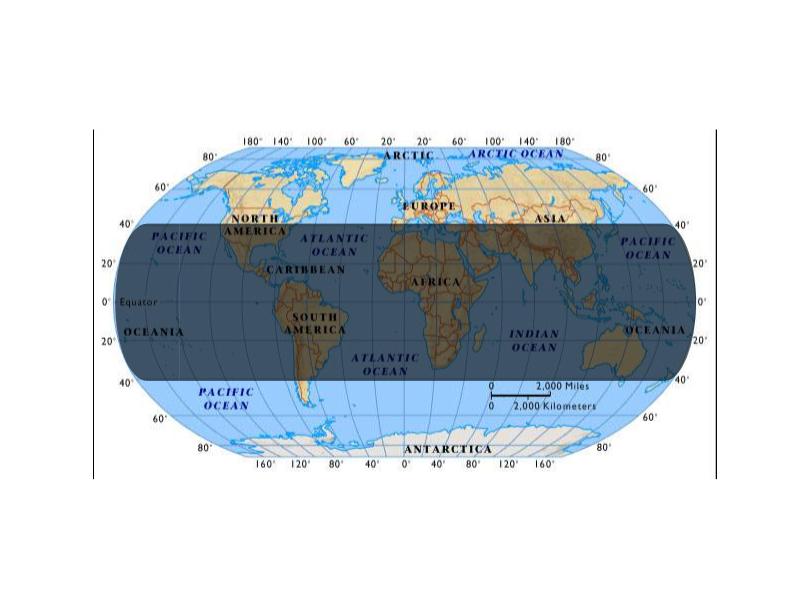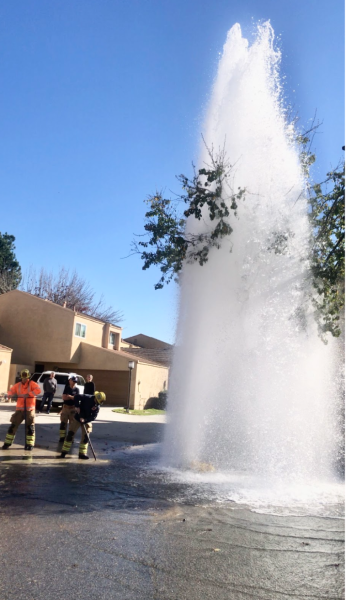China’s Space Lab is Headed Straight for Earth
The shaded region is an approximation of where on Earth Tiangong-1 may re-enter. The exact destination is yet to be determined.
November 12, 2017
Watch your head! After its malfunction, China’s space lab Tiangong 1 is making its way down towards Earth. The most alarming part is no one knows where it will land.
Originally sent in September of 2011, this laboratory has served as a rendezvous place for China’s missions for space exploration. The lab was only supposed to last two years, but it was kept in space until March of 2016, when it malfunctioned. China then lost all control of the aircraft and it has slowly been making its descent towards Earth ever since.
Though Tiangong 1 has malfunctioned, it is still structurally sound. While this may seem beneficial, in reality, its structural integrity could potentially lead to more damage. The lab is about 34 ft long by 11 feet wide, weighing about eight and a half tons. Debris could be as heavy as 220 pounds when it enters Earth, despite the atmosphere breaking it down significantly. They are unlikely to cause serious damage or hit a person, according to The Aerospace Corp.’s Center for Orbital and Reentry Debris Studies (CORDS). The CORDS do warn against approaching the fallen debris due to a chemical that was in the space lab by the name of hydrazine. This chemical is extremely toxic and can seriously damage skin from a chemical burn.
The main concern is where and when it will land because these details are still to be determined. Tiangong 1 malfunctioned, therefore China has absolutely no control or any specific time or place that it will land. The CORDS and several other sources collectively predict that the time that the lab will land is between October 2017 and March 2018, however, scientists are leaning more towards early 2018 than late 2017. Another dilemma that scientists face is figuring out where it will make contact with Earth. Harvard astrophysicist Jonathan Dowell told The Guardian that “we probably won’t know better than six or seven hours, plus or minus, when it’s going to come down,” which is why it is so difficult to figure out where it will land. The best estimate that can be made is that Tiangong 1 will land somewhere between 43° north and 43° south latitudes. Amber Li (11) expresses her concern for how little is known about the lab’s re-entry: “It’s a bit frightening to know that scientists don’t know where the lab will land. Hopefully it does not cause too much damage.” The CORDS does plan to provide more information a few days before contact. China also plans to provide a forecast of the lab’s re-entry and to use international monitoring systems to keep track of Tiangong 1’s location.
The CORDS additionally points out that seeing the craft re-enter Earth may be visible depending on the weather and time of day, as well as location. In the meantime, China continues to explore space. Malfunctions like these are not uncommon, and China has already moved on by sending their new space lab, Tiangong 2. They will continue to keep an eye out for their dysfunctional lab as it slowly makes its way back to Earth.
Sources: Washington Post, The Guardian, and Space.com





















